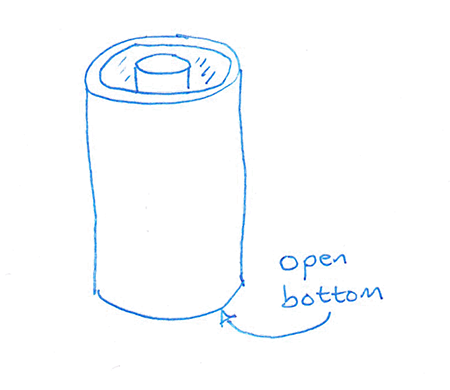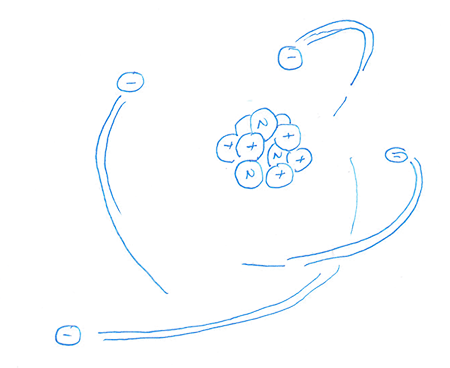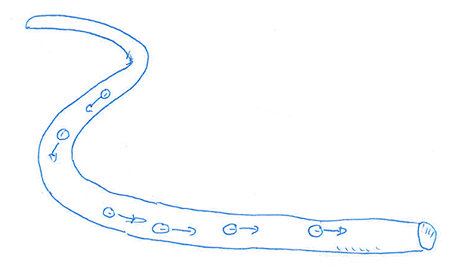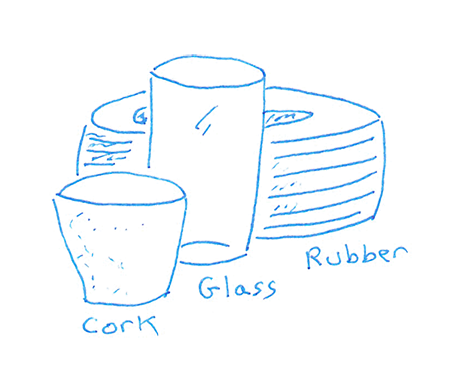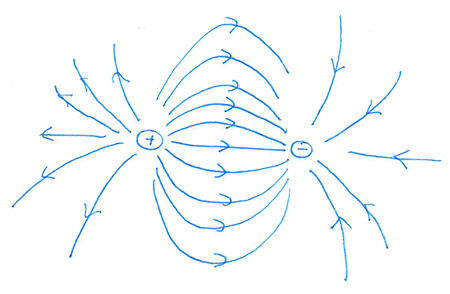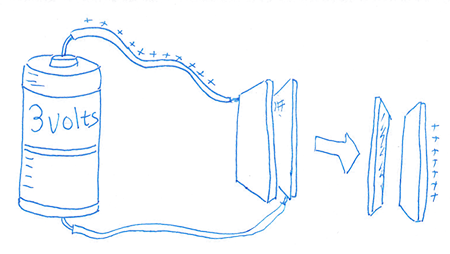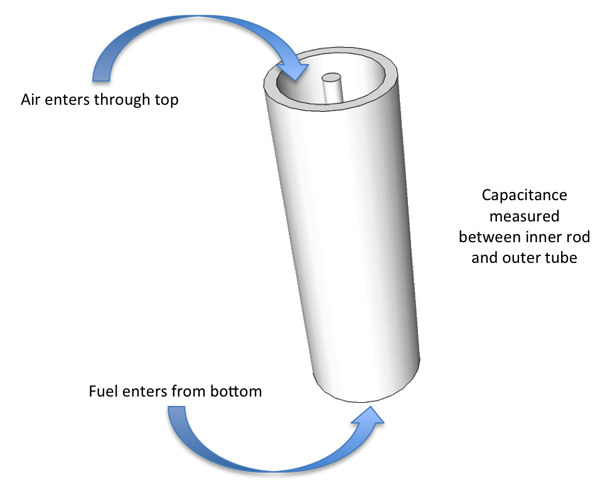Most modern aircraft use one or more fuel capacitance probes hooked up to a computer to produce a number that gets reported to you as fuel capacity. The technology has improved greatly over the years but leaves most of us with a standard pilot answer when asked how it all works: "it's magic."
— James Albright

Updated:
2015-01-27
Specifically, what is capacitance anyway? We used to take big cylindrical capacitors from old television sets and plug these into a wall socket to absorb an electrical charge and then sneak up on unsuspecting victims for a satisfying (for us) zap of electricity. So a capacitor stores electricity. But what does that have to do with measuring fuel quantities. Let's see if we can shed a little light on this bit of "FM."
A note to all the engineers out there. I have the education but have never earned a living as an engineer. I am positive that I am oversimplifying things here.If you want to learn about capacitors from a technician's viewpoint, give this Air Force training film from 1965 a try: Capacitors.

1
The theory
Electrons
It all begins with the atom. Let's say it is a copper atom inside a wire someplace in your airplane. In the center of a copper atom you will always find 29 protons and either 34 or 36 neutrons. Surrounding the atom you will find between 27 and 29 electrons. There are varying numbers of electrons because copper easily passes electrons along to the next conductor. Speaking of which . . .
Conductors
If you string enough of those copper atoms together you end up with a copper wire, which is convenient because copper is an excellent conductor. Electrons can move around freely in most metals. A conductor is a material that allows electrons to move easily and that is pretty much what makes electricity. Not all materials are so agreeable to this kind of movement . . .
Insulators
Some atoms do not like to pass electrons on to their neighbors, these materials are called insulators. Electricity may stick to rubber, glass, cork, or plastic, but it doesn't easily move.
Electric Field
Just as gravity exists between objects in space, an electrical field exists between charges. The lines of this force diminish with distance and can bend. The negative charge "pulls" the positive charge.
Now this seems pretty cosmic and science really doesn't answer why, just what. The force exists and does not required a physical connection. That leads us to . . .
Capacitor Theory
If you put two conductors next to each other, separated by an insulator of some sort, you have a capacitor. The insulator is called a dielectric. If you put a charge on one of the plates, you will eventually end up with a charge on the other. Magic!
Even after you disconnect the electricity, the charge will remain for a while. That's why you need to short the two sides before working on electrical devices using large capacitors. (Otherwise it could discharge onto you if you touch both ends.)
2
In actual practice
The fuel quantity probes are capacitors. The capacitance of the probes changes as the dielectric constant of the insulating medium between the capacitor electrodes changes. The dielectric in the probes is either:
- Liquid fuel
- Mixture of air and fuel vapor
- Combination of the above two
When the fuel tanks are full, the capacitance of the probes is greater than the probe capacitance when the fuel tanks are empty. Changes in fuel level cause a change in probe capacitance. This capacitive signal is supplied to the [Fuel Quantity Signal Conditioner].
Source: G450 Maintenance Manual, §24-41-00, ¶ 3.B.
A single capacitance probe is basically a hollow metal tube with another tube in the middle. They are held in place by insulators to ensure they do not touch. A hole at the bottom allows fuel to flow inside; a hole at the top allows air to enter as well. Small, known electrical charges are placed on these tubes and the capacitance is measured. The value changes with the ratio of fuel to air.
In practice, several capacitance probes are placed throughout the tank so a better sampling can be taken. Then a computer checks these against known values to come up with a fuel quantity. The probes can be fooled by the density of the fuel and some aircraft include density measuring devices to adjust the reported figure.
References
(Source material)
Gulfstream G450 Maintenance Manual, Revision 18, Dec 12, 2013
Please note: Gulfstream Aerospace Corporation has no affiliation or connection whatsoever with this website, and Gulfstream does not review, endorse, or approve any of the content included on the site. As a result, Gulfstream is not responsible or liable for your use of any materials or information obtained from this site.
